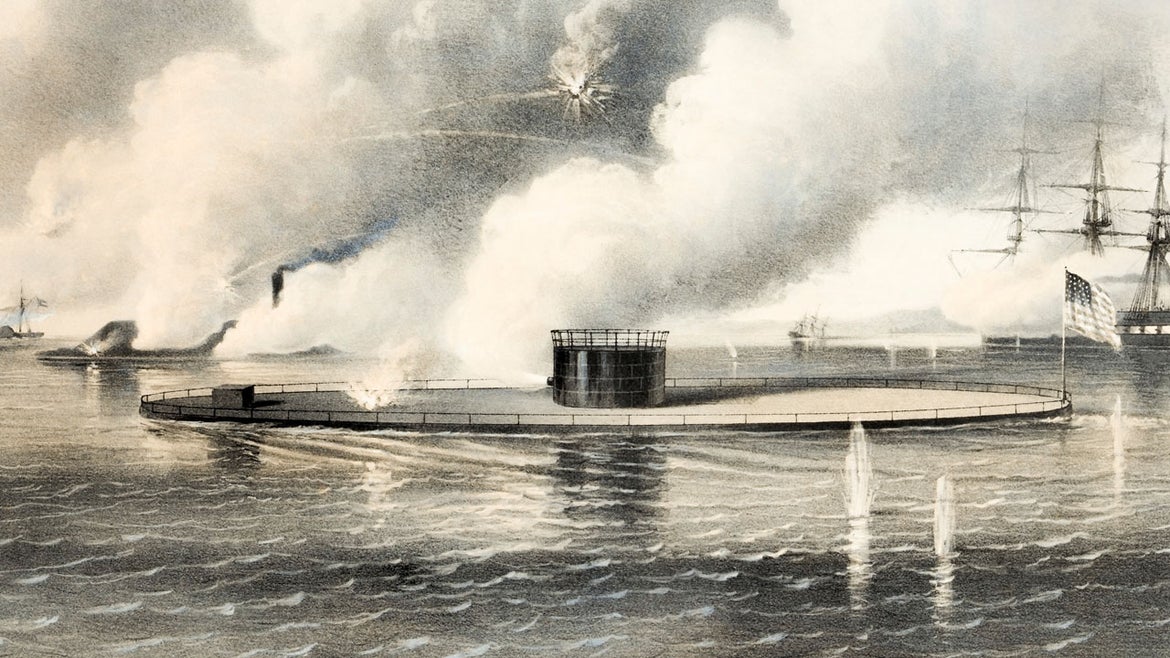The ship was the first of its kind but only last nine months in action before sinking.
The USS Monitor, a Civil War ship which sunk off the coast of North Carolina in 1862, has been found in “astonishing condition,” experts have said, according to CBS News.
The ship was discovered 16 miles off the coast of North Carolina recently. While it had been on the bottom of the ocean for 160 years, it's in "an excellent state of preservation," according to Tane Renata Casserley, resource protection and permit coordinator at the National Oceanic and Atmospheric Administration's Monitor National Marine Sanctuary.
In 2002, researchers made significant intrusions into the shipwreck when they recovered the highly prized turret and other artifacts for preservation, CBS News reported.
"The wreck is in an astounding condition after being on the seafloor for 160 years and weathering all of the environmental conditions off Cape Hatteras, including exceedingly strong currents and hurricanes," Casserley told McClatchy News.
"During those (2002) projects, it was necessary to cut into the ironclad's armorbelt, hull, and deck to gain access to the turret since the shipwreck was on top of it. The question for us at NOAA was, did those cuts into the shipwreck cause further deterioration? Would we see significant changes caused by these actions today?"
The USS Monitor was designed by Swedish engineer and inventor John Ericsson and was the U.S. Navy's first ironclad. It was completed in 1862 in New York City, according to National Museum of the U.S. Navy.
The ship featured a thick-armored round turret which was 20 feet in diameter and was rotated by steam power, The turret could fire nearly 360 degrees from a pair of 11-inch Dahlgren smoothbore shell guns, the National Museum of the U.S. Navy said.
It first entered the war weeks after completion and was involved in the battle of Hampton Roads, which would have disrupted the Federal blockade, the museum said.
The ship sank on New Year's Eve in 1862, off North Carolina, in an area known as the Graveyard of the Atlantic, due to an estimated 2,000 shipwrecks. Sixteen U.S. sailors were lost in the sinking, historians say.
"The waves grew and the wind howled. With each pitch and roll, shock waves ravaged the crew and the hull of the little ship," according to a NOAA report.
"Leaks developed, flooding the engines and reducing steam pressure needed for propulsion. The crew tried using pumps and even bailing with buckets, but the distress was too great. ... The turret was the only escape hatch from below and as the men attempted dashing across the deck many of them were swept into the unknown by the treacherous waves."






